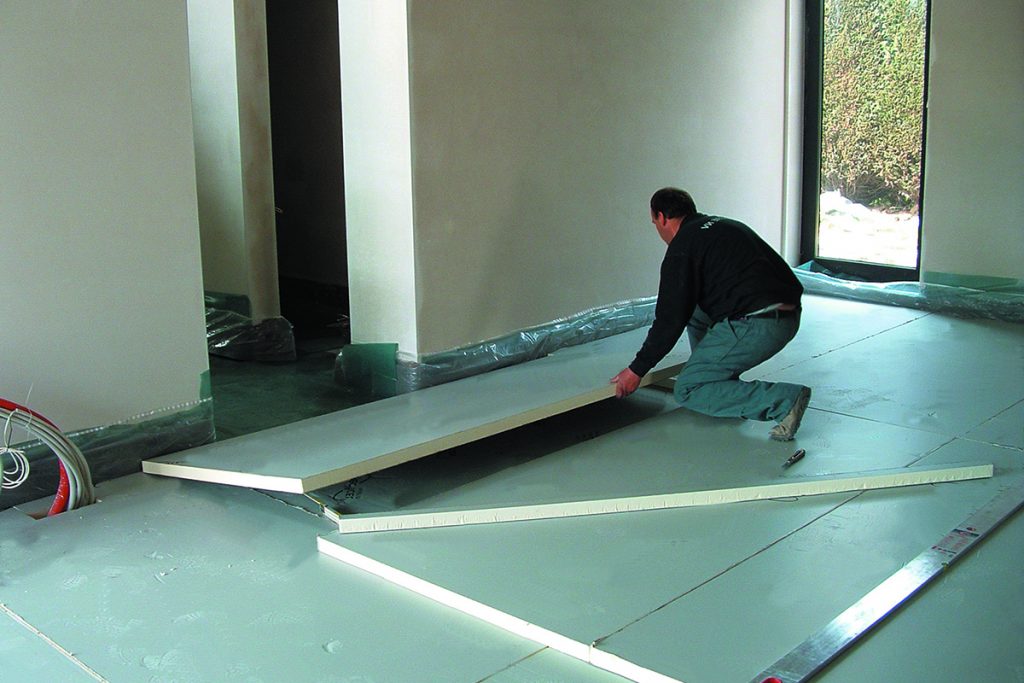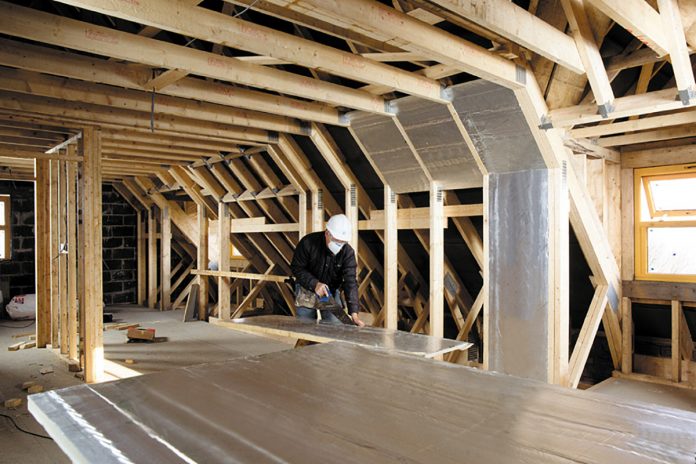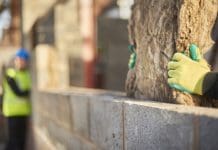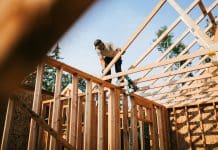Simon Storer, Chief Executive, BRUFMA explains why the government’s housebuilding agenda should focus on the quality of new builds as well as the quantity
Every government for as long as I can remember has promised to build the houses the country needs and why wouldn’t they make such a promise when it is always such a political hot potato? We are after all a home-owning democracy – or so we think, within which many people rely upon the increasing value of their homes to help fund their retirement and old age. Governments have to be seen to be confronting this thorny issue, giving people what they want to ensure their children will have somewhere to live in the future, yet protecting communities from overdevelopment and maintaining green spaces.
So, with the recent release of the much-anticipated Housing White Paper, Fixing Our Broken Housing Market, at least this government is in line with its predecessors and only time will tell if they are any more successful. Sadly, their track record is not very encouraging. We know that to square the circle between the localism agenda – promising communities that they will have control over what is built within their locality – and ensuring the country builds the number and types of houses it needs in the places people want and for the right price, is all but impossible. But we all must play the game and get the closest we can to the housing goal, knowing full well that at least we are moving forwards and the current set of ministers is unlikely to be in post when this policy falls short, and the next one comes along.
 The latest intention is clear enough, and we are certainly in favour of improving the process to deliver the number of houses that has been identified for so long and that the government acknowledges in its aim of an additional one million homes by 2020. But this must not mean poorer performing buildings; quantity at the expense of quality will not be good enough, especially as the average home owner or occupier is still very much in the dark about energy performance and effective solutions in their homes. Therefore, effective Building Regulation, coupled with building control is essential to deliver, as a minimum standard, the highly energy efficiency buildings we must have, but also to continue to drive up those building standards that we will need to meet future demands from climate change.
The latest intention is clear enough, and we are certainly in favour of improving the process to deliver the number of houses that has been identified for so long and that the government acknowledges in its aim of an additional one million homes by 2020. But this must not mean poorer performing buildings; quantity at the expense of quality will not be good enough, especially as the average home owner or occupier is still very much in the dark about energy performance and effective solutions in their homes. Therefore, effective Building Regulation, coupled with building control is essential to deliver, as a minimum standard, the highly energy efficiency buildings we must have, but also to continue to drive up those building standards that we will need to meet future demands from climate change.
BRUFMA is therefore very keen to see continued growth in high-quality new build housing in a sustainable way and which makes the most efficient use of available land.
It is now fully accepted that the most thermally efficient insulation as part of the ‘fabric first’ approach to the whole building stock is essential, as this ensures the building envelope delivers high performance, low maintenance and long term energy efficiency, which in turn will enable the introduction of low operating temperature and efficient heating systems.
Highly efficient, quality homes
The White Paper launches a consultation with a range of recommendations to increase numbers of homes being built in the UK. But there is likely to be many conflicting views so the government must not use this as a way of kicking the problem into the long grass. No matter how many houses are built, we must ensure that all new housing is highly energy efficient and where appropriate, flood resistant, in line with our climate change objectives. Just because there is a perceived rush to build shouldn’t be an excuse to lower the quality of the thermal performance. And we certainly don’t want to have to come back and retrofit in 20 years because the houses we build today do not meet tomorrow’s requirements
The White Paper does recognise the need to continually review the current energy performance standards with regard to climate change targets and domestic fuel poverty, but this must be extended to include the performance in flood risk areas of housing and the materials used in their construction. Let’s see what the government proposes, but know that we already have the solutions to deliver the desired outcomes if these solutions are specified. Measuring and insisting that the final product is completed to the standard promised, must become the norm for housing if it is to play its part in emissions reductions and climate change targets.
Just remember, every government promises to build more houses; is there any chance this one will live up to its promises and build both the quantity and the quality we need?
Simon Storer
Chief Executive
British Rigid Urethane Foam Manufacturers Association (BRUFMA)














